What’s Propelling Florida’s Waterfront Development Rush?
From Tampa’s marinas to Miami’s vibrant mixed-use spaces, these projects are redefining what it means to live, work and play by the water.
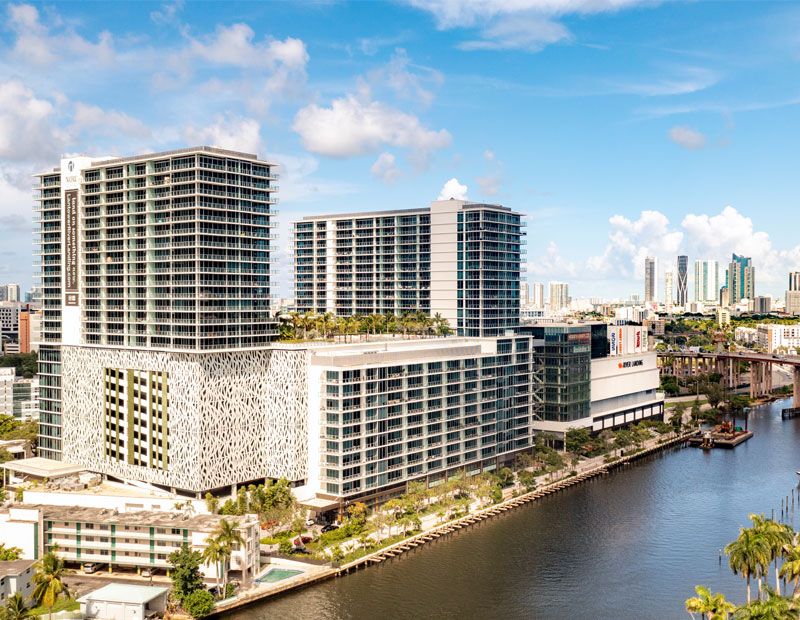
Florida’s waterfront commercial development boom is being driven by migration, demographic shifts and evolving tenant preferences, creating a surge in demand for mixed-use, lifestyle-driven spaces.
According to Ryan Shaw, first vice president of investments at Marcus & Millichap, “waterfront development in Florida is shifting away from traditional, single-use zoning, instead evolving into multi-functional destinations where people can live, work, relax and socialize in one integrated space.”
These waterfront developments in Florida are attracting both residents and tourists by offering vibrant, sustainable communities that cater to modern lifestyles. The appeal of these waterfront spaces has grown in the post-pandemic era, with tenants prioritizing amenities like food, beverage and entertainment as key features of new projects, Shaw added further.
READ ALSO: Why Mixed-Use Developments Are All About the Right Synergies
Florida continues to attract a significant number of residents, especially from the Northeastern U.S. Many newcomers are downsizing from single-family homes and seeking access to resort-style amenities without the burden of maintenance, elaborates Dominic Pickering, executive director at BTI Partners. This trend, coupled with growing demand for waterfront living in Florida, has led to a shift in the types of commercial developments that are taking root along Florida’s shores.
The natural human connection to water also plays a critical role in driving demand for Florida’s waterfront development.
“Waterfront spaces offer relaxation, connection to nature and a unique sense of place, making them ideal for dining, leisure and community interaction,” said Andrew Hellinger, principal at URBAN-X. However, in areas like Miami-Dade County, limited available waterfront land has increased competition and demand among developers.

Despite a recent slowdown in demand due to rising construction costs, increased supply and the impacts of natural events, the overall outlook for Florida waterfront commercial developments remains strong. Mika Mattingly, executive vice president at Colliers, emphasizes that Florida’s business-friendly environment and high livability ratings continue to support demand for premium waterfront properties, particularly in South Florida, where luxurious new projects remain highly sought after.
In response, developers are adapting to these market shifts by creating Florida waterfront developments that blend convenience, walkability and vibrant amenities, while prioritizing long-term sustainability in the face of climate challenges.
Florida’s transformative waterfront developments

This adaptability is evident in Florida’s waterfront commercial developments. The state’s coastline is undergoing a remarkable transformation, with an influx of commercial waterfront developments that blend office, retail, hospitality and entertainment spaces with scenic waterfront access. From Miami to Tampa, these waterfront developments are harnessing the state’s natural beauty and booming growth to create vibrant, mixed-use destinations that appeal to both businesses and residents alike.
In Miami, the Miami River Landing project exemplifies this shift, offering a dynamic combination of office, retail and residential spaces along the river. Its proximity to key urban amenities and waterfront views makes it a highly desirable location for businesses looking to establish a presence in Miami’s growing commercial waterfront development district.
READ ALSO: How Coral Gables Is Cementing Its Status as a Top Office Market
Similarly, the $2 billion Bahia Mar redevelopment in Fort Lauderdale is positioning itself as a commercial waterfront hotspot, offering luxury amenities, a marina and retail outlets. This ambitious project aims to transform the area into a “Mini Monaco,” further enhancing its appeal as a waterfront commercial development destination, while hosting events like the Fort Lauderdale International Boat Show, which draws millions annually.
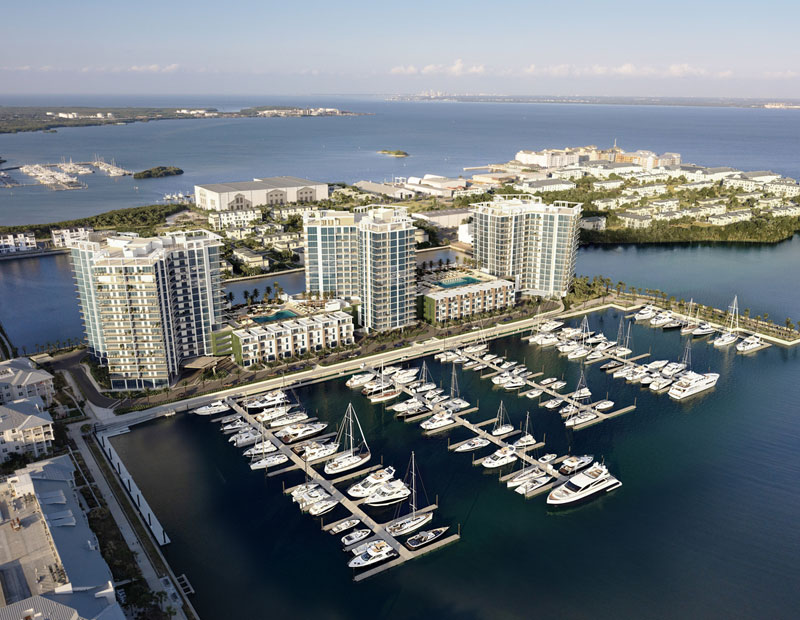
On Tampa’s waterfront, the Water Street Tampa project stands out as a major Florida commercial waterfront development. This mixed-use project combines office spaces, retail, hospitality and public areas with a walkable design, aiming to become the city’s new economic hub. Nearby, 401 East Jackson is an office tower offering sweeping views of the waterfront and proximity to downtown amenities, reflecting Tampa’s increasing appeal as a commercial waterfront center along the Gulf Coast.

The Westshore Marina District in Tampa also blends commercial and luxury waterfront living, featuring high-end retail, dining and office spaces. This 52-acre development is anchored by the exclusive Marina Pointe, with a private marina offering access to the Gulf of Mexico, making it a prime location for businesses that value both luxury and waterfront accessibility.
North Bay Village, situated between Miami and Miami Beach, is another area drawing significant commercial waterfront development interest. MG Developer’s revitalization of this location includes a variety of new office, hotel and restaurant concepts that cater to the area’s growing demand for Florida waterfront commercial spaces.
Tackling challenges, seizing waterfront opportunities
Florida’s waterfront development is a balancing act, with developers navigating a complex landscape of rising costs, environmental concerns and evolving regulations. According to Alex Zylberglait, executive managing director of investments at Marcus & Millichap’s Miami office, Florida’s waterfront development faces significant challenges due to escalating land prices, rising construction costs and higher insurance premiums.

Additionally, the demand for infrastructure improvements—such as upgraded transportation and water systems—adds complexity to projects, often resulting in impact fees. Stricter building codes, implemented after the Surfside building collapse, are also reshaping how developers approach planning and execution, further influencing the development landscape.
Environmental sustainability is a critical factor influencing Florida waterfront projects. Developers must protect fragile ecosystems like mangroves and coral reefs, which play vital roles in biodiversity and storm protection.
Shoreline stabilization and sea-level rise adaptation are now standard considerations in project planning. MG Developer emphasizes the importance of incorporating eco-conscious features, while also ensuring compliance with stringent environmental regulations. Pollution control is another pressing issue, with initiatives to maintain clean waterways becoming a priority for long-term project viability.
“Waterfront spaces offer relaxation, connection to nature and a unique sense of place.”
—Andrew Hellinger, Principal, URBAN-X
At the same time, waterfront commercial projects are evolving to meet growing demand for vibrant, multi-use destinations. Developments like Tampa’s Water Street and Riverwalk are setting new standards by integrating retail, dining and entertainment into dynamic urban spaces. Miami River projects similarly combine hospitality, nightlife and marina access, offering both functionality and luxury.
The focus is expanding beyond traditional oceanfront locations to include riverfronts and bayfronts, as seen in Jacksonville and Fort Lauderdale, which offer untapped potential for innovative Florida commercial waterfront hubs.

Looking ahead, resiliency will shape Florida’s waterfront developments. Elevated construction, stormproof designs and sustainable materials are becoming the norm, ensuring projects can withstand rising sea levels and extreme weather. As Shaw notes, emerging markets like Cocoa Beach and North Bay Village are poised for growth, driven by improved infrastructure and accessibility. According to Hellinger, “rising sea levels and extreme weather events are reshaping development strategies, with a focus on resiliency and long-term viability.”
Florida’s waterfronts are not just about scenic views—they are evolving into dynamic commercial waterfront centers that balance economic opportunity with environmental responsibility, setting the stage for sustainable growth over the next decade.
Read the February 2025 issue of CPE.
Wave are images by Magnilion/iStockphoto.com

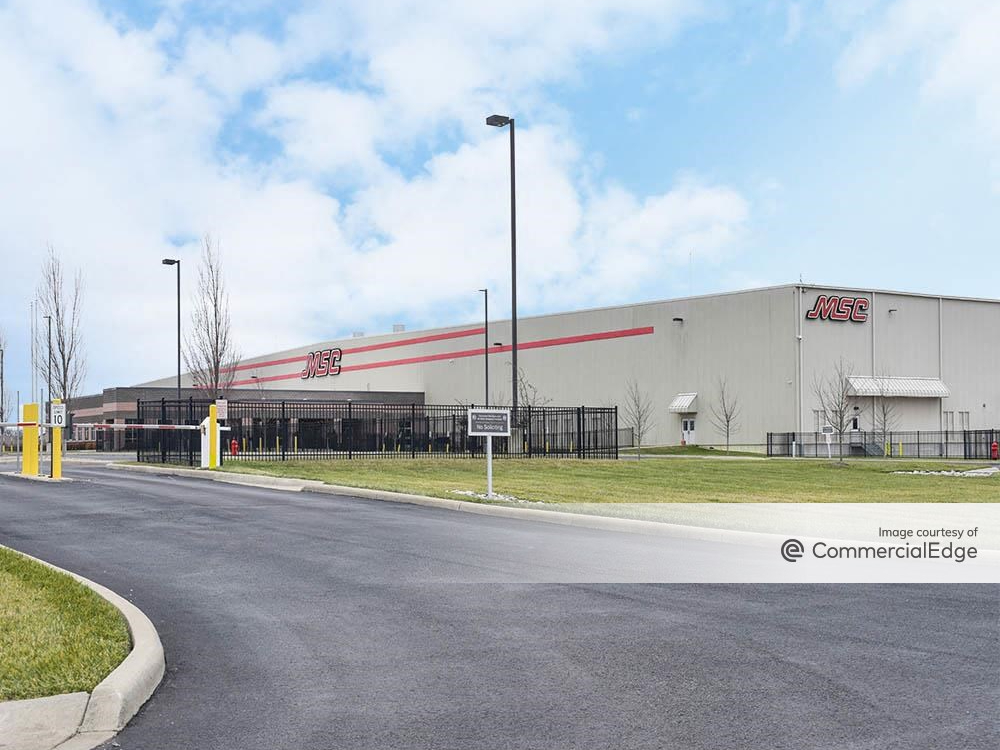
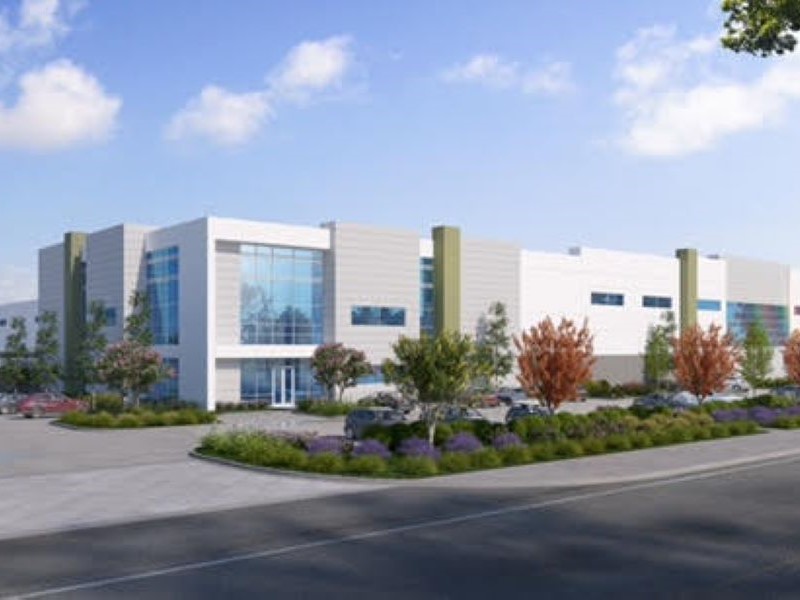
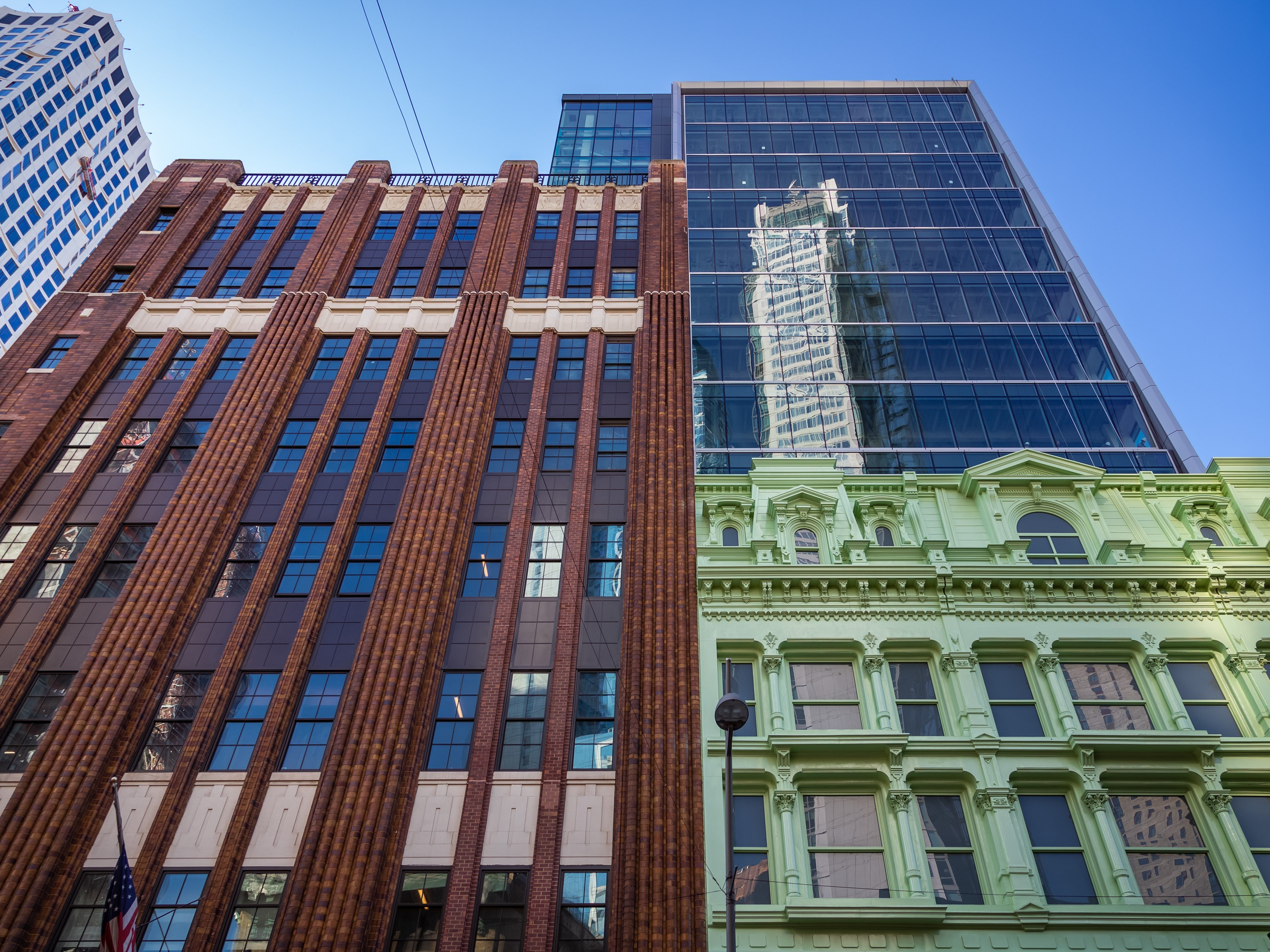
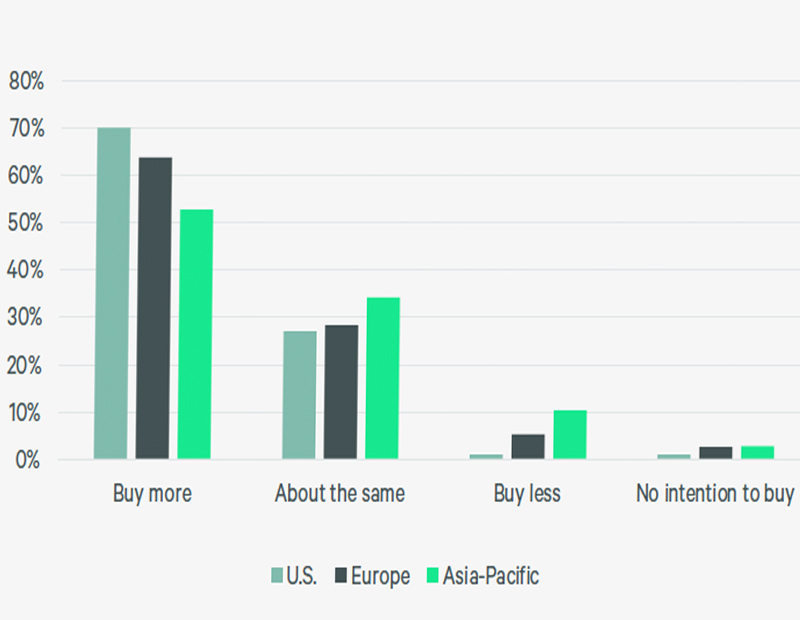
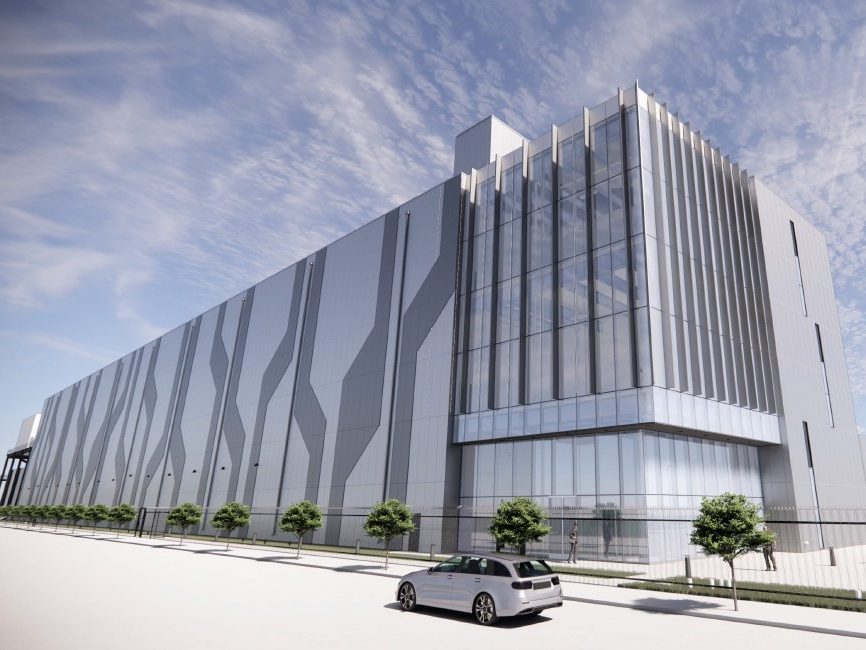
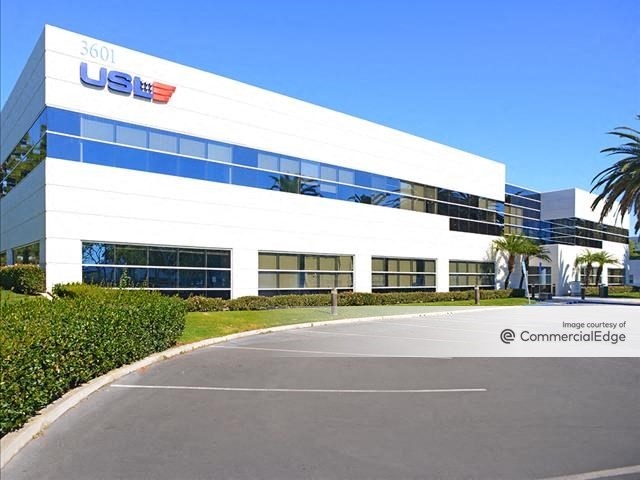
You must be logged in to post a comment.